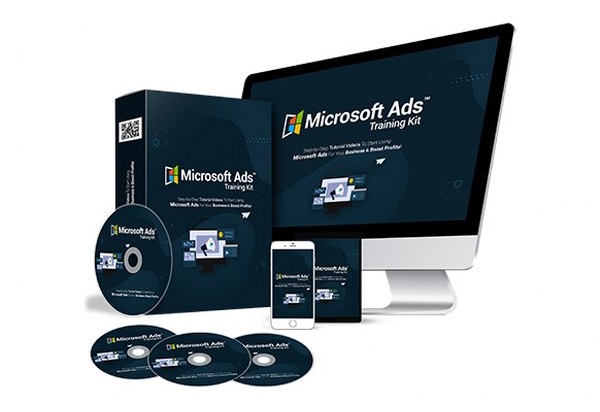Crafting Cold Emails That Get Responses from Potential Clients
“A personalized and thoughtful cold email is the first handshake in a potential long-term partnership.” – Unknown
Cold emailing can be a powerful tool for freelancers to reach out to potential clients, but only if done right. The key is to stand out in crowded inboxes while building genuine connections. Here’s how to craft cold emails that grab attention and spark replies.
1. Research Your Target Audience
Cold emailing works best when it’s targeted. Before hitting “send,” take time to understand your recipient.
- Identify Pain Points: Research the client’s business, challenges, or recent updates.
- Learn Their Language: Review their website or LinkedIn profile to see how they communicate.
- Know Their Needs: Think about how your services can directly address their goals.
2. Write an Attention-Grabbing Subject Line
Your subject line is your first impression—make it count.
- Keep it Short and Specific: “Boost Your Website Traffic by 30%” is better than “Freelance Services.”
- Personalize It: Include the recipient’s name or company. Example: “Hi [Name], Saw Your New Product Launch!”
3. Start with a Strong Opening
Avoid generic introductions. Instead, hook them with something relevant.
- Compliment Their Work: “I admire your recent campaign for . The creativity was inspiring!”
- Highlight a Connection: “We’re both part of the [specific group/community], and I thought I’d reach out.”
- Mention Common Ground: “I noticed we share an interest in [specific topic/industry].”

4. Clearly State Your Value Proposition
Once you’ve grabbed their attention, show how you can help.
- Be Specific: “I specialize in creating [specific solution], which has helped businesses like yours achieve [specific result].”
- Focus on Benefits: Frame your services in terms of the client’s goals or pain points.
- Add Social Proof: Briefly mention relevant experience or results you’ve delivered for similar clients.
5. End with a Call-to-Action (CTA)
Guide the recipient toward the next step.
- Be Direct but Polite: “Would you be open to a quick 15-minute call next week?”
- Offer Options: “I’d love to send you a free audit of your [specific area]. Would that be helpful?”
- Include Contact Info: Make it easy for them to reply or reach out.
6. Keep It Short and Easy to Read
Time is valuable, so aim for a concise, well-structured email.
- Use short paragraphs and bullet points where possible.
- Avoid jargon—keep it conversational and easy to skim.

7. Follow Up Thoughtfully
Most responses come from follow-ups, so don’t stop after one email.
- Space Them Out: Wait a few days to a week before following up.
- Add Value: Include something new, like a useful resource or updated proposal.
- Stay Professional: Keep it friendly and avoid pushiness.
A Sample Cold Email Template
Subject: “Hi [Name], Let’s Talk About Growing [Their Business/Specific Area]”
Body:
Hi [Name],
I came across [specific detail about their business or recent achievement], and I’m impressed by [compliment their work].
I’m a freelance [your profession], and I specialize in helping businesses like [client’s company name] achieve [specific result]. For example, I recently helped [similar client] increase their [metric] by [specific percentage].
Would you be open to a quick chat to discuss how we can work together? I’m happy to share a customized plan or audit for [specific area].
Looking forward to hearing from you!
Best regards,
[Your Name]
[Contact Info]
Why Cold Emails Work
When tailored and thoughtful, cold emails can open doors to opportunities you wouldn’t find otherwise. It’s about making genuine connections and offering clear value.



Responses